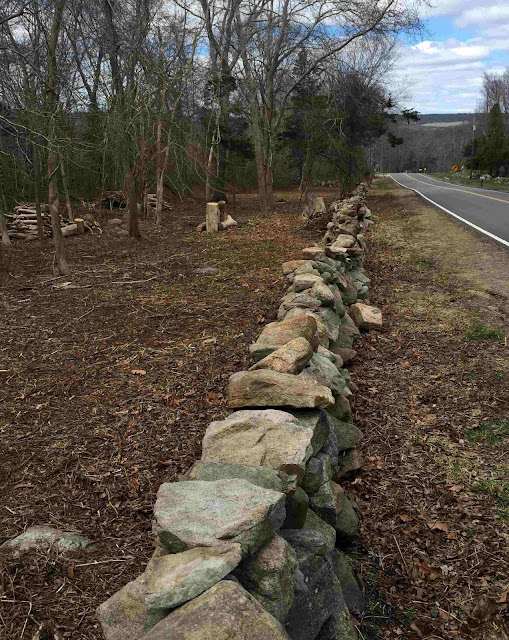By Beth Sullivan
At this most beautiful, bursting,
growing time of year, everyone has thoughts of being good to “our
Mother .” We are all in the spirit of planting trees, cleaning up
roadsides, doing the things that need doing after a long winter. It
is indeed joyous to be out now, enjoying the clean air, sparkling
brooks, spring-green along woodland trails, and beaches refreshed
and ready to go. It seems trite and worn out to remind everyone that
“Earth Day should be Every Day,” yet the impacts of our actions
over the rest of the 51 weeks a year are more important than the
token things we do for a week in April.
 |
| All species of turtle are in decline, even our favorite the Painted. |
Environmental Quality report published
The State of Connecticut Council on
Environmental Quality has just come out with their report through the
end of the year 2016. The full report can be found here.
It is an annual report, but it
compiles and charts data for the past ten years to examine trends
over time. That’s what makes it interesting. Connecticut has been
making strides in many areas: we lead the charge in trying to plan
for climate change as we have at-risk coastlines to care for; our air
quality in general has improved, yet we still have too many bad air
days in the heat of the summer; our waterways are growing cleaner
because of (overall) less discharge of nitrogen into rivers and
streams yet Long Island Sound is still in trouble. The report points
to several reasons why things don’t seem to be improving as fast as
they should be and they all seem to relate to heat.
 |
| Osprey are healthier with cleaner water and safer fish. |
The big elephant in the room is the
warming climate. While some continue to debate the truth and cause of
global warming, there is no denying the scientific data that graphs
out the rising trend in temperatures-each year warmer than the last.
Our leaders, or some of them, grapple with trying to determine
whether to concentrate on the cause or the effect. But as they talk
and debate, things get worse.
 |
| While the air is cleaner, the trapped heat continues to create dangerous air days in the summer. |
Heat is also related to another
factor-impervious surfaces. As our populations grow, there are more
homes and driveways, more roads, more parking areas, roof tops, and
shopping malls. All of these do not absorb water, do not allow
pollutants to run off, and do nothing to temper the heat tossed back
into the atmosphere by all the dark surfaces. Even though our lawns
may be better than blacktop, they are a major cause of overloads of
nutrients running back into our waterways. But we know all that.
 |
| There just have to be frogs for future generations. |
Avalonia's mission
It is the third element they
identify that I found most interesting-the lack of enough investment
in open space in our State. Even though we are doing better than some
states, and there has been an effort to increase the amount of
preserved farmland in Connecticut, we are not on track to meet goals set for
preserved open space. As governments struggle with budgets, it seems
the first and easiest thing to cut back on is the funding for the
open spaces needed to create greenways and blueways to protect our
precious habitats and wildlife. People see the immediate devastating
effects of cuts to schools and services, but it is harder to grasp
the long term effects of loss of our open spaces on the future of our
next generations.
 |
| Pileated Woodpeckers need large unbroken forest areas to survive. Photograph by Dennis Main. |
This is where Avalonia Land
Conservancy, among many others, is desperately, actively trying to
acquire, for preservation in perpetuity, some wonderful open spaces
(updates will be coming). Not only will they be available for us to
enjoy in the near term, but as we are enjoying them on one level,
these spaces filter our water, clean our air, buffer heat return to
atmosphere, support wildlife and in doing so contribute to our
overall health and well-being as well as increase the property
values where they are located.
 |
| Long Island Sound is threatened by rising temperatures as well as pollution. |
We can make a difference every day,
not just on Earth Day, by supporting conservation efforts of Avalonia
and other land conservancy organizations that are active in the
places you love.
Photographs by Beth Sullivan, unless
otherwise noted.




















